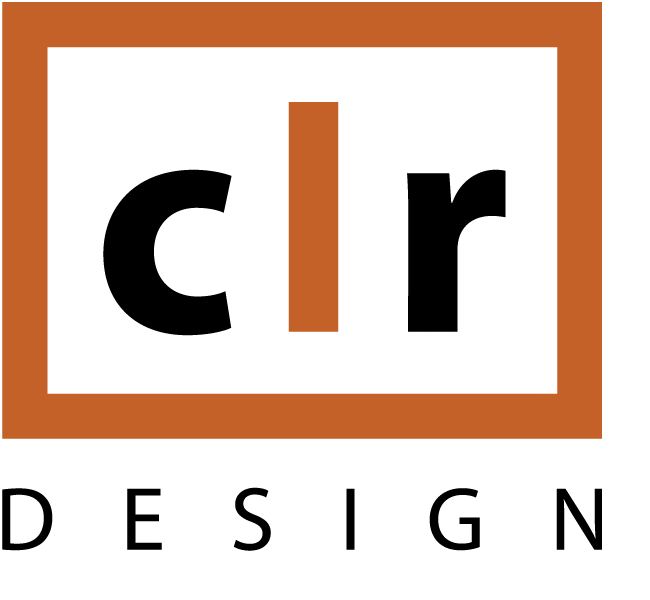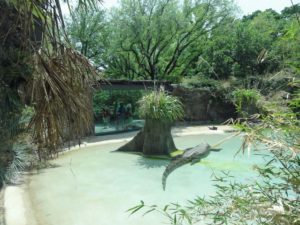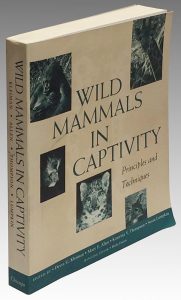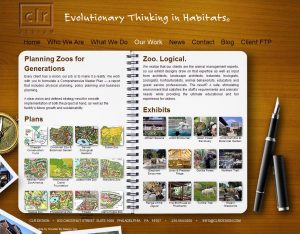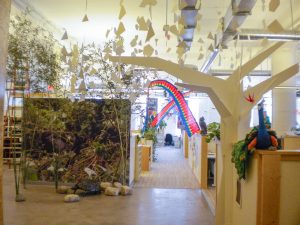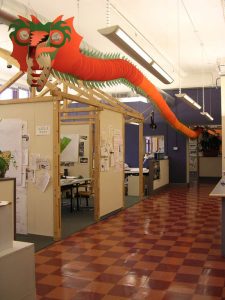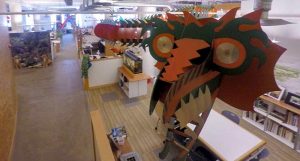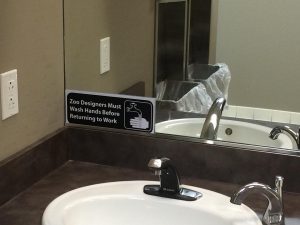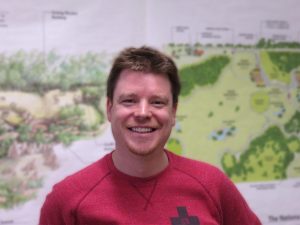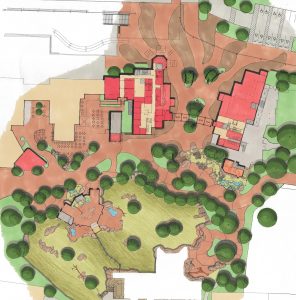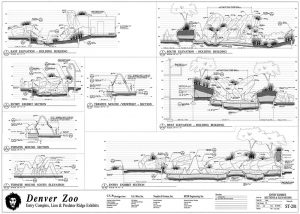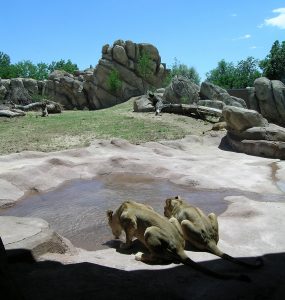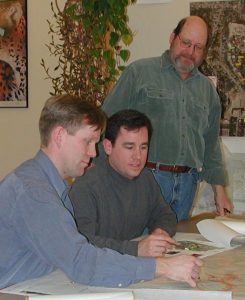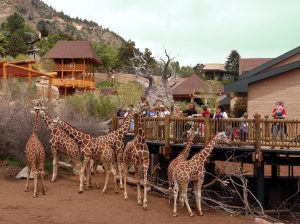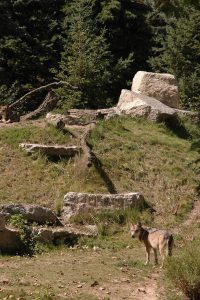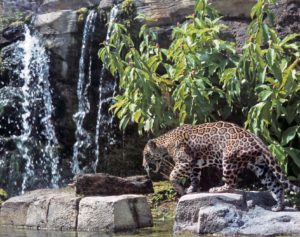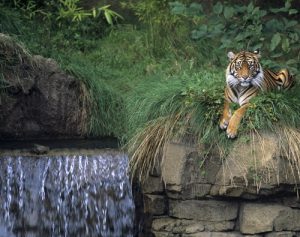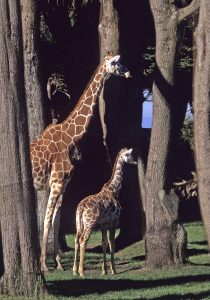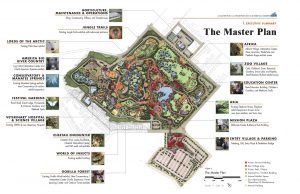Dallas Zoo’s Giants of the Savanna is the first exhibit in the United States to allow elephants, giraffes, zebras, impala and ostrich to mix in habitats at the same time, while Fort Worth Zoo’s Museum of Living Art (MOLA, schematic design by CLR) sets new standards for herpetariums. The updated edition of Wild Mammals in Captivity: Principles and Techniques for Zoo Management, the definitive scholarly text on the subject, contains Greg Dykstra and Jon Coe’s contribution “New and Sustainable Directions in Zoo Exhibit Design.”
2009
2007
2005-2006
The Cincinnati Zoo’s Schott Education Center become CLR’s first Adventure Education project. It merges animals, adventure, and landscape into a sustainably built environment that is shared among zoo education, Cincinnati public schools, and the adjacent community. Future Senior Associates Wayne Chang and Nick Iott join the firm.
2004
A landmark flex carnivore exhibit at Denver Zoo opens. Predator Ridge allows wild dogs, lions and hyenas to rotate and time share through multiple habitats and back-of-house night quarters. Each species can investigate the scents and markings left behind by one of the others, increasing the stimulation of natural behaviors. It also gives the staff maximum flexibility for managing animals behind the scenes and front of scenes.
2003
Jon Coe moves to Australia and Gary Lee remains on as a Senior Advisor. CLR’s legacy and future are transferred to a new generation of principals, Mark Beauchamp, Jón Stefánsson, and Greg Dykstra. Among the many notable exhibits designed and opened in this period are the Cheyenne Mountain Zoo’s African Rift Valley, Brookfield Zoo’s Regenstein Wolf Woods, Jacksonville’s Range of the Jaguar, Point Defiance Zoo’s Asian Forest Sanctuary, San Francisco’s African Savanna, as well as the Cincinnati Zoo Master Plan.
